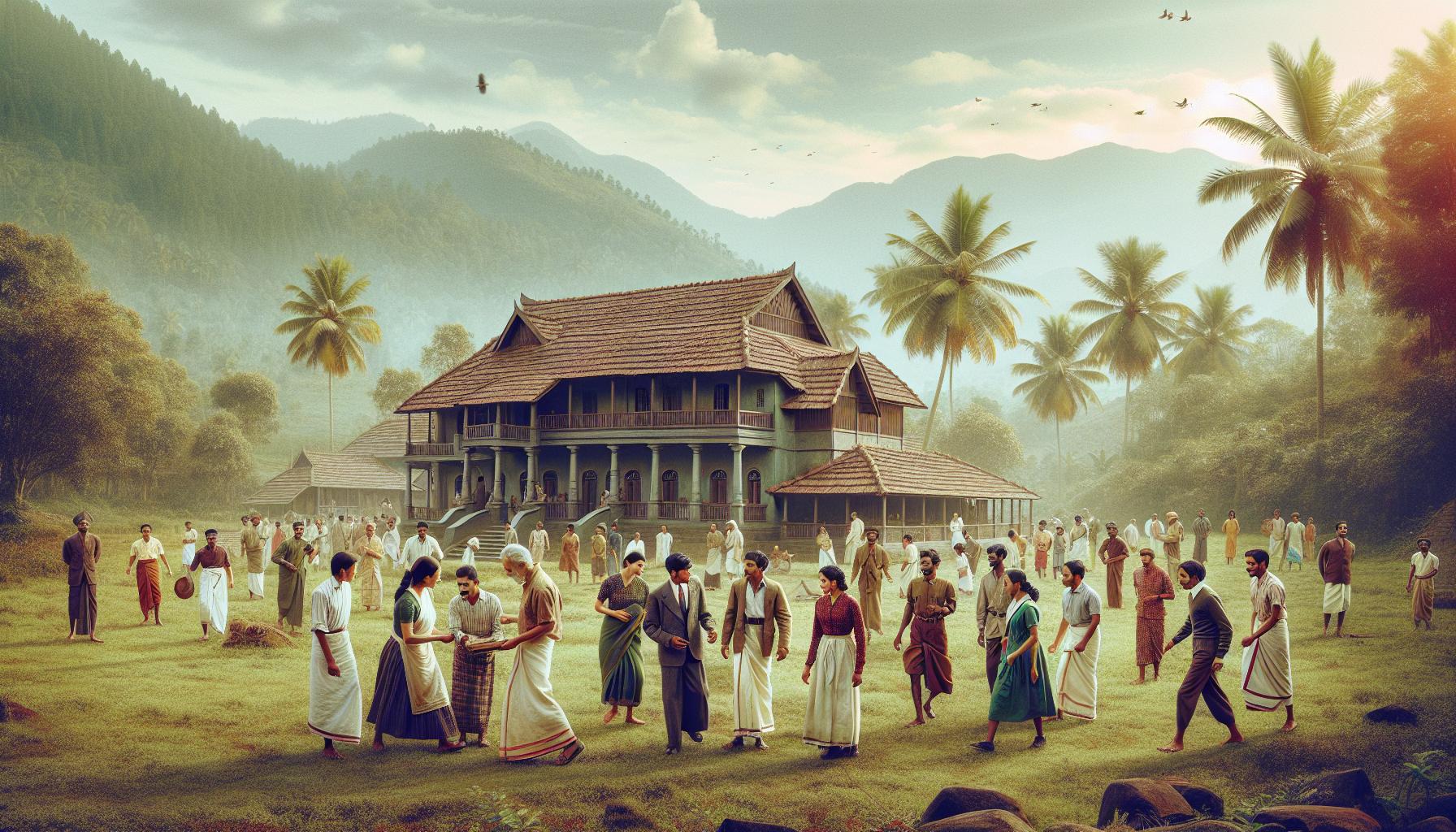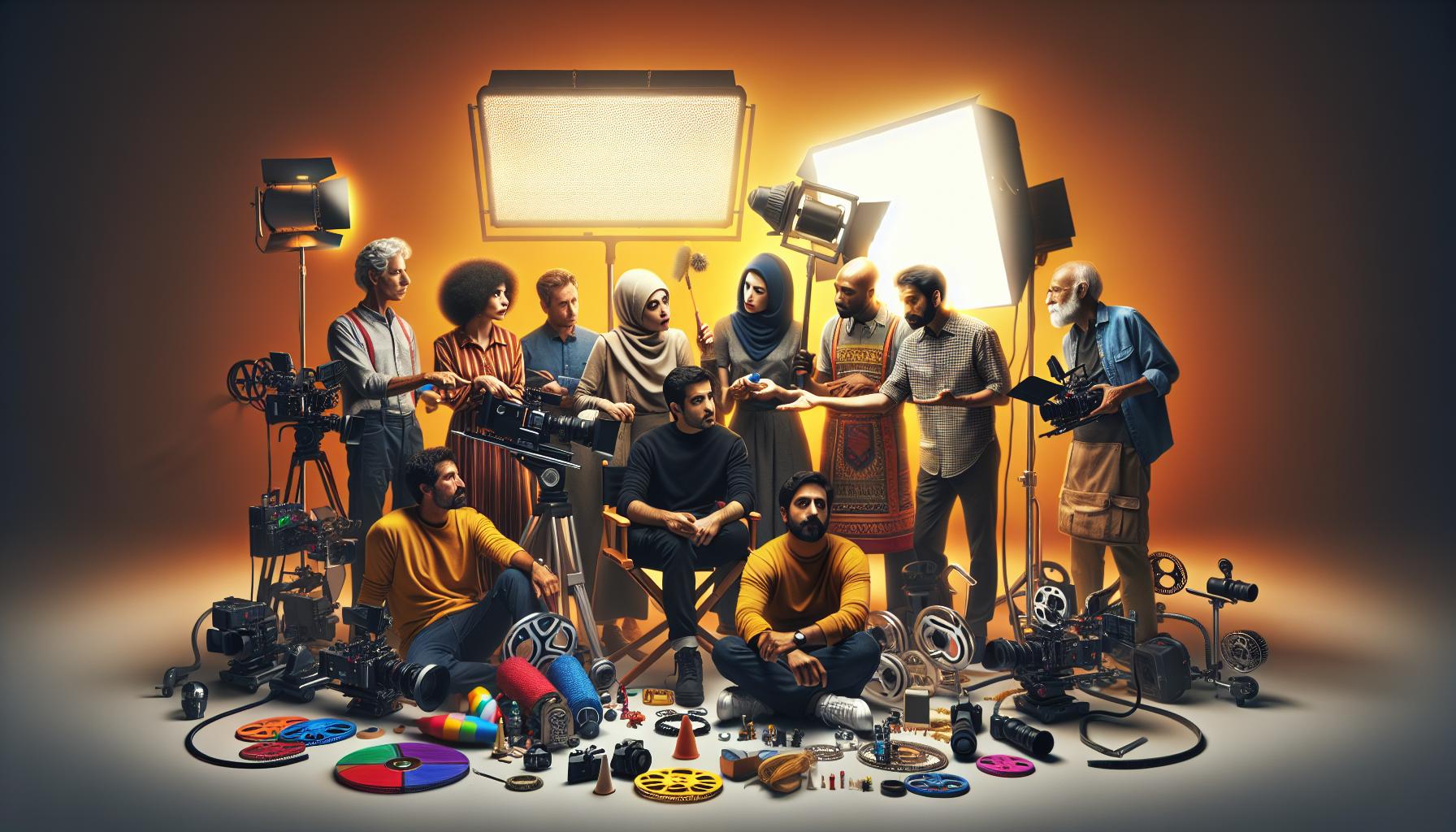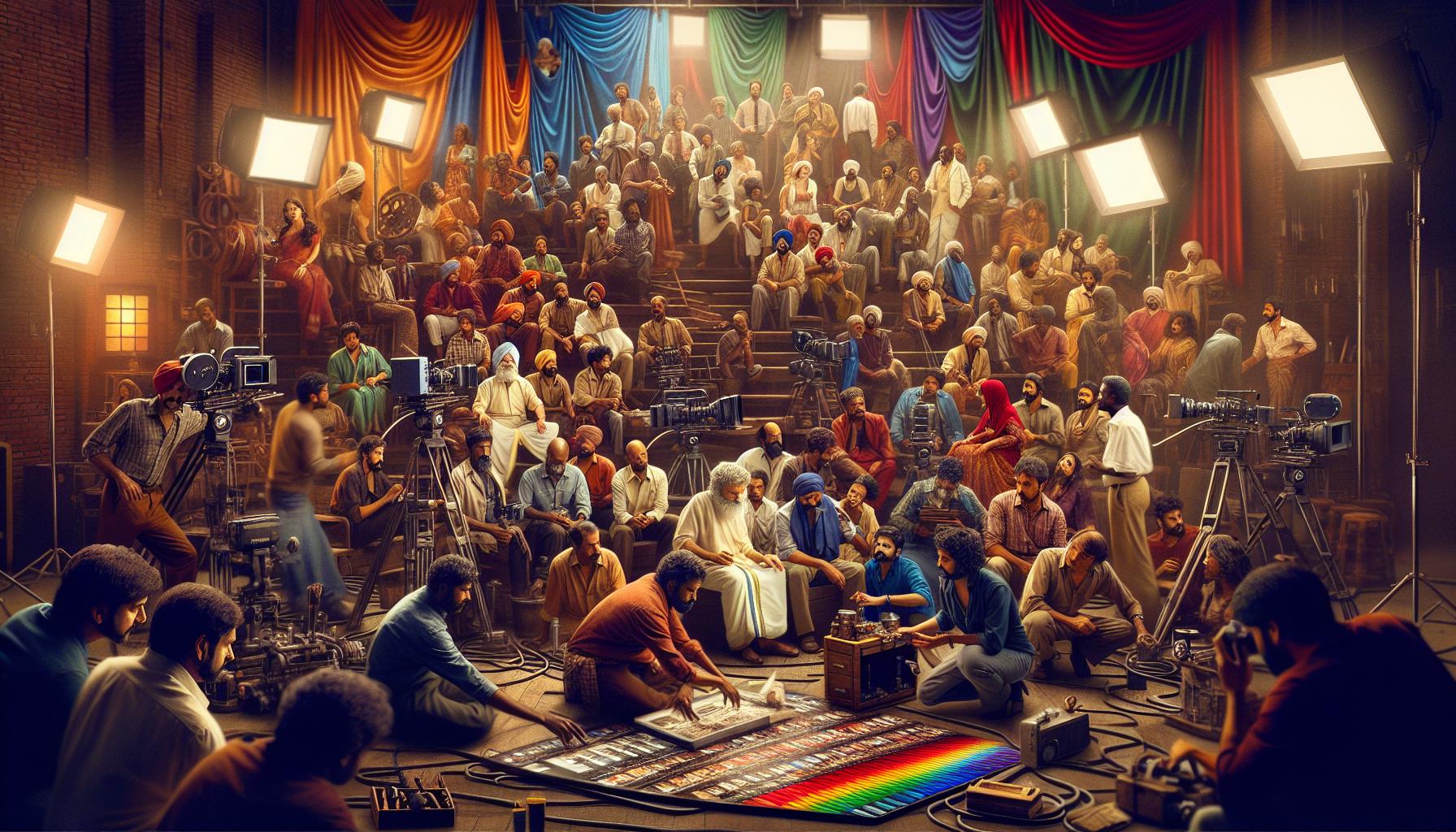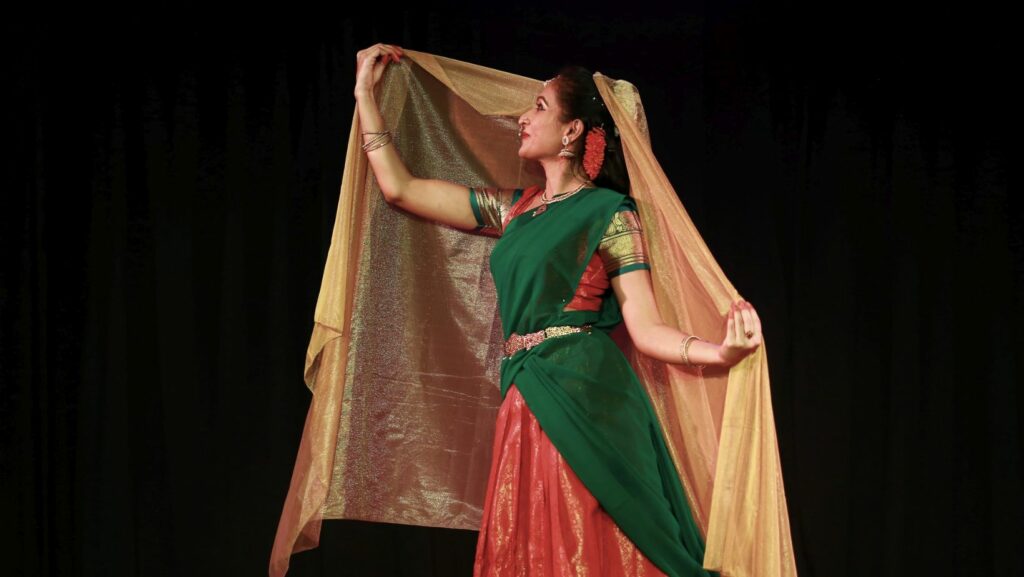Key Takeaways
- Innovation in Storytelling: Malayalam cinema is increasingly characterized by unique storytelling techniques and genre fusion, attracting diverse audiences and evolving traditional narratives.
- Rise of Digital Platforms: Streaming services like Amazon Prime Video and Netflix have expanded the reach of Malayalam films, promoting experimentation and unconventional storytelling.
- Focus on Social Issues: Contemporary Malayalam films address critical social themes such as gender equality, mental health, and environmental concerns, fostering discussions and encouraging societal reflection.
- Emerging Talents and Independent Filmmaking: New directors and independent filmmakers bring fresh perspectives and unconventional narratives, reshaping the industry and appealing to younger audiences.
- Technological Advancements: The integration of modern technologies and social media facilitates improved production quality and enhanced audience engagement, broadening the film’s visibility and impact.
- Cultural Resonance: The evolution of Malayalam cinema reflects cultural and societal shifts in Kerala, highlighting its adaptability and relevance in today’s rapidly changing landscape.
Malayalam cinema has always been a vibrant reflection of society, showcasing diverse stories and rich cultural narratives. In recent years, the industry has undergone a remarkable transformation, embracing innovative storytelling techniques and fresh talent. This evolution not only captivates audiences but also sets new trends that resonate beyond regional boundaries. As filmmakers experiment with genres and narratives, they push the envelope of creativity, tackling social issues and personal stories with authenticity. The rise of digital platforms has further fueled this evolution, enabling a wider audience to appreciate Malayalam films. With each new release, the industry continues to redefine itself, making it an exciting time for fans and critics alike.
Malayalam Cinema Trends
Malayalam cinema has seen notable trends in recent years, reflecting its dynamic nature and societal resonance. Filmmakers focus on unique storytelling techniques, blending various genres such as thrillers, dramas, and comedies. This genre fusion attracts diverse audiences and enables filmmakers to explore new narrative depths.
Digital platforms play a significant role in Malayalam cinema’s evolution. Streaming services like Amazon Prime Video and Netflix have broadened the reach of films. This change allows for increased experimentation, encouraging filmmakers to share unconventional stories and innovative ideas.
Social issues often take center stage in contemporary films. Subjects like gender equality, mental health, and environmental concerns receive attention, resonating deeply with viewers. Films like Kumbalangi Nights and Jersey exemplify this trend, sparking conversations around societal challenges and encouraging critical thought.
Emerging talent also drives Malayalam cinema’s trends. New directors and writers infuse fresh perspectives into the industry. Their unique voices reshape traditional narratives, drawing in younger audiences while retaining the interest of long-time fans.
Overall, these trends highlight Malayalam cinema’s adaptability and its ability to stay relevant in a rapidly changing landscape. As filmmakers continue to innovate and connect with audiences, the industry is poised for even greater transformations.
Historical Context of Malayalam Cinema

Malayalam cinema boasts a rich history that reflects the cultural and social dynamics of Kerala. Understanding its evolution offers insights into its current trends and innovative storytelling.
Evolution Over The Decades
Malayalam cinema began in the early 20th century, with its first feature film, “Vigathakumaran,” released in 1928. The industry grew through the 1950s and 1960s, marked by the introduction of musicals and mythological films. The 1970s and 1980s witnessed a golden age, showcasing filmmakers like G. Aravindan and Adoor Gopalakrishnan, who emphasized social commentary and realism. In the 1990s, commercial cinema thrived, often incorporating action and melodrama. The early 21st century initiated a shift towards experimental narratives, focusing on nuanced storytelling and character-driven plots, which continues to influence today’s filmmakers.
| Year | Milestone |
|---|---|
| 1928 | Release of “Vigathakumaran,” the first Malayalam feature film |
| 1950s | Growth of musicals and mythological storytelling |
| 1975 | Release of “Swayamvaram,” marking a new wave of cinema |
| 1980s | Emergence of socially relevant films and art cinema |
| 1990s | Rise of commercial cinema with action and melodrama |
| 2000s | Shift towards experimental and character-driven narratives |
| 2020s | Surge in digital streaming, expanding global audience reach |
These milestones trace the trajectory of Malayalam cinema as it navigates cultural shifts and technological advancements, shaping its distinct identity in the film landscape.
Current Trends in Malayalam Cinema

Malayalam cinema is experiencing a dynamic transformation, marked by innovative approaches and bold storytelling that resonate deeply with audiences. Filmmakers are embracing fresh narratives and diverse themes, redefining the cinematic landscape.
Rise of Independent Filmmaking
Independent filmmaking in Malayalam cinema is thriving, showcasing unique voices and unconventional narratives. This surge is fueled by accessible filmmaking technologies and crowdfunding platforms. Directors like Shahi Kabir and Arun D. Joshi represent this trend, producing critically acclaimed films outside traditional studio frameworks. Their works reflect personal stories that challenge societal norms, captivating audiences and elevating the independent scene.
Popular Themes and Genres
Malayalam cinema increasingly explores relevant social issues and diverse genres. Thrillers, psychological dramas, and comedies gain prominence, often intertwining to surprise viewers. Common themes include:
- Social equality: Addressing gender disparities and women’s rights.
- Mental health: Narratives focus on mental well-being, breaking stigmas.
- Environmental awareness: Films highlight ecological concerns, calling for sustainable practices.
These compelling themes resonate with contemporary audiences, making Malayalam cinema a rich platform for discussion.
Technological Advancements
Technological advancements significantly shape Malayalam cinema’s evolution. The integration of digital effects and new filmmaking equipment improves production quality. Streaming platforms like Amazon Prime Video and Netflix expand distribution, offering greater visibility for films. Additionally, social media facilitates audience engagement, allowing filmmakers to build communities around their projects. These technological developments enhance storytelling methods and reach, drawing in wider audiences and creating new opportunities for filmmakers.
Influential Filmmakers and Their Impact

Malayalam cinema thrives on the creativity and vision of influential filmmakers who shape its landscape through innovative storytelling. These directors and screenwriters impact both the industry and its audience.
Notable Directors in Recent Years
Directors like Lijo Jose Pellissery, Dijo Jose Anthony, and Shahi Kabir stand out in the contemporary Malayalam film scene.
- Lijo Jose Pellissery: Known for his unconventional narratives, Pellissery’s works, such as “Jallikattu,” challenge traditional filmmaking norms while exploring societal themes.
- Dijo Jose Anthony: Anthony’s films, including “Chola,” reflect a deep understanding of social issues, seamlessly blending genre elements to engage viewers.
- Shahi Kabir: Emerging prominently, Kabir’s direction in films like “Kappela” exemplifies a nuanced approach to storytelling, focusing on relatable characters and emotional depth.
These directors contribute to the evolution of Malayalam cinema by integrating fresh ideas and pushing creative boundaries.
Contributions of Screenwriters
Screenwriters play a pivotal role in shaping the narratives of Malayalam cinema, crafting scripts that resonate deeply with audiences.
- Biju Menon: Known for his strong character development, Menon’s writing elevates the emotional stakes in films like “Kalyanam” and “Mohanlal.”
- Rafeeq Ekkad: Ekkad’s scripts explore complex human relationships, often highlighting societal challenges, exemplified in works like “Naranathu Thampuran.”
- Shahi Kabir: In addition to directing, Kabir’s screenplays infuse contemporary issues into engaging narratives, ensuring relevance in today’s cinematic landscape.
The synergy between innovative directors and insightful screenwriters fosters a rich storytelling environment, making Malayalam cinema impactful and engaging for diverse audiences.
Audience Reception and Cultural Impact
Audience reception in Malayalam cinema continues to evolve, reflecting broader cultural shifts and preferences. This transformation showcases how audiences engage with films that challenge norms and address relevant issues.
Changes in Audience Preferences
Changes in audience preferences significantly shape Malayalam cinema. Viewers increasingly seek relatable stories that resonate with contemporary societal issues. Films addressing themes like gender equality, mental health, and environmental sustainability gain traction, appealing to a socially conscious audience. The rise of independent films demonstrates this shift, with audiences favoring unique, character-driven narratives over traditional commercial fare. Preference for high-quality storytelling and authentic representation of local culture strengthens audience connection, elevating the overall cinema experience.
Role of Social Media in Shaping Trends
Social media plays a crucial role in shaping trends within Malayalam cinema. Platforms like Instagram, Facebook, and Twitter allow filmmakers to engage directly with audiences, fostering discussions around new releases. Viewers share reviews, insights, and critiques, influencing public perception and driving interest in films. Viral marketing campaigns leverage social media’s reach, generating buzz and expanding audience bases. Additionally, filmmakers utilize these platforms to promote diversity and inclusivity in their projects, attracting younger demographics. The interaction between film content and audience feedback creates a dynamic environment that empowers both creators and viewers in the cinematic landscape. The landscape of Malayalam cinema is undergoing a remarkable transformation. With filmmakers embracing innovative storytelling and tackling pressing social issues, the industry is resonating with a diverse audience. The rise of digital platforms has further amplified this evolution, allowing for a wider reach and greater experimentation. Emerging talents are reshaping narratives and engaging younger viewers while maintaining the interest of long-time fans. As the industry continues to evolve, it stands at the forefront of cultural discussions, reflecting the complexities of modern society. This dynamic environment promises an exciting future for Malayalam cinema, ensuring its relevance and impact in the years to come.



